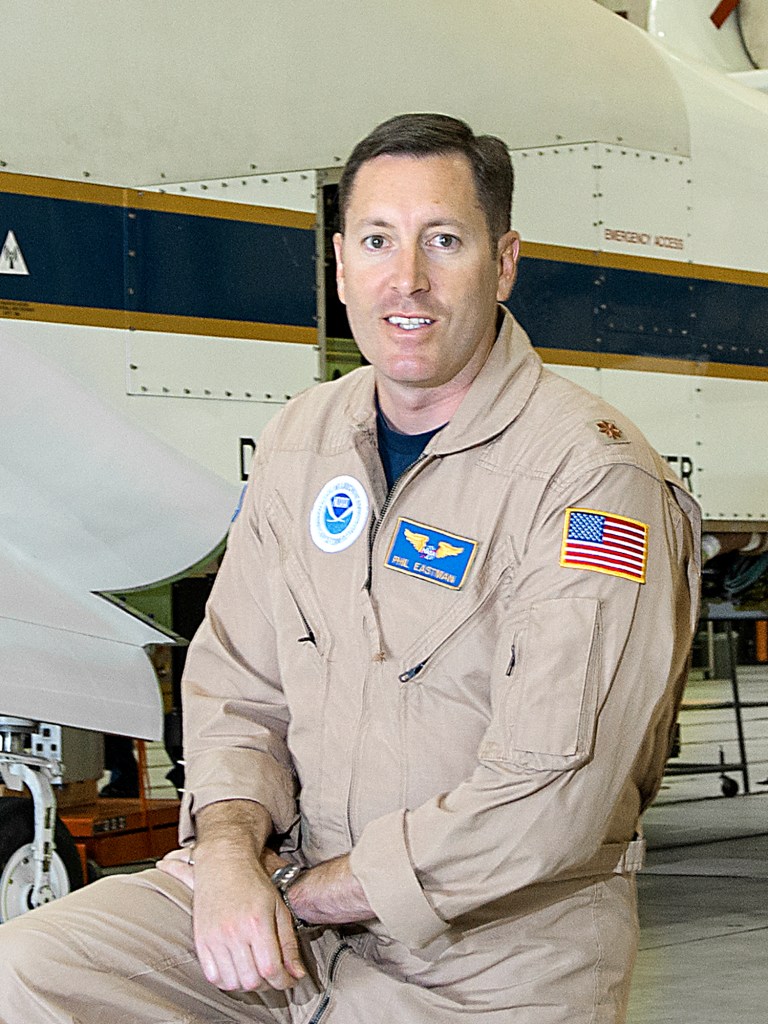
Phillip W. Eastman
NASA Pilot
Phillip W. Eastman of the National Oceanic and Atmospheric Administration (NOAA) Commissioned Corps was an unmanned aircraft system pilot for NASA’s Armstrong Flight Research Center at Edwards, CA.
Eastman piloted NASA’s RQ-4A Global Hawk unmanned aircraft system. He also flew NASA’s C-23 Sherpa and NOAA’s DHC-6 Twin Otter research aircraft. He was responsible for mission planning and operation of several aircraft types that perform a variety of airborne science research activities.
Eastman has served on active duty in the U.S. Navy and NOAA’s Commissioned Corps for more than 18 years. He attended Navy pilot training in Pensacola, FL, and completed multiple tours as a helicopter and fixed-wing aircraft commander. He has logged more than 4,000 flight hours as a Naval and NOAA aviator, flying such aircraft as the H-46, H-3, Bell 212, and H-57 helicopters; the C-12, DHC-6, and T-34 fixed-wing aircraft; and the Global Hawk remotely operated unmanned aircraft system. Eastman is an FAA-licensed Airline Transport Pilot and commercial rotary-wing pilot.
A lieutenant commander in the NOAA Corps, Eastman is assigned to the NOAA Satellite Operations Facility of the National Environmental Satellite, Data, and Information Service in Suitland, MD.
Eastman earned a Bachelor of Arts in history from Villanova University in Pennsylvania, which he attended as an Naval Reserve Officer Training Corps midshipman. He has received five Sikorsky Rescue Awards. Among military honors, he has received the Navy Commendation Medal, the NOAA Commendation medal, Navy and NOAA Achievement medals, Coast Guard Presidential Unit Citation, Armed Forces Expeditionary Medal, Arctic Service Medal, and the Humanitarian Service medal.

























